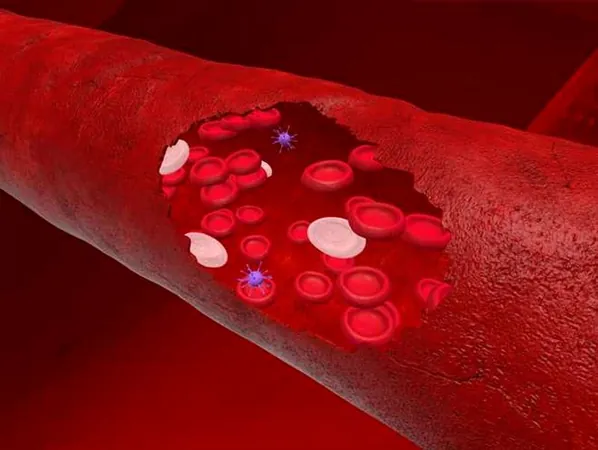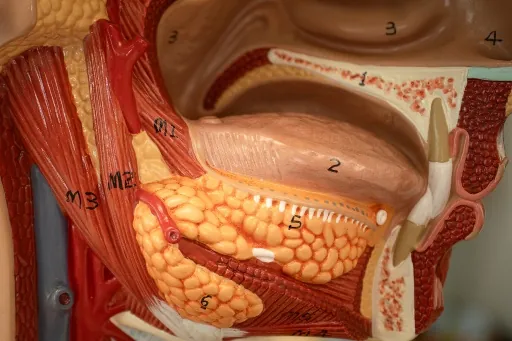
Unlocking the Secrets of Appetite Control: A Groundbreaking Study
2025-08-11
Author: Benjamin
Revolutionary Findings on Appetite Regulation
Researchers at UHN have made a startling discovery about appetite control: activating a specific protein called Takeda G protein-coupled receptor 5 (TGR5) in the nucleus of the solitary tract (NTS) can significantly reduce food intake and enhance disrupted signaling pathways associated with obesity.
The Role of Bile Acids and Brain Signals
Every time we eat, levels of bile acids in our bloodstream surge. These acids, produced in the liver from cholesterol, are vital for fat digestion and cholesterol regulation. They also interact with specialized receptors like TGR5, which play crucial roles in metabolism.
Key regions in our brainstem, including the NTS and the area postrema (AP), are pivotal in appetite regulation. While we know these areas process signals related to hunger and bodily functions, the specifics of how bile acids activate TGR5 in these regions to control feeding remain unclear.
Understanding Obesity and Leptin Resistance
Obesity is often a byproduct of leptin resistance, where the hormone leptin loses its effectiveness in signaling the brain to curb appetite. Although it's known that leptin acts within the NTS to impact food intake, the exact mechanisms are still a mystery.
Research Breakthroughs from UHN
Dr. Tony Lam and his team at UHN have taken significant steps to unravel this mystery. Collaborating with talented researchers, including Kyla Bruce and Dr. Song-Yang Zhang, they examined the relationship between TGR5 and leptin, testing whether the activation of TGR5 in the NTS or AP could alter appetite and enhance leptin sensitivity.
Their experiments revealed that stimulating TGR5 in the NTS not only reduced food intake but did so without inducing nausea—a common side effect of appetite suppressants. Even more importantly, activating TGR5 enhanced the brain’s sensitivity to leptin by amplifying a crucial signaling pathway (leptin-STAT3).
High-Fat Diets and Their Interference with Appetite Signals
Intriguingly, their findings showed that high-fat diets disrupt the natural signaling to TGR5 in the NTS, which typically aids in hunger regulation. By reintroducing this signal directly into the brain, researchers were able to improve leptin signaling and diminish appetite—an exciting revelation!
A Promising Path Forward in Obesity Treatment
This groundbreaking study illuminates the vital role TGR5 in the NTS plays in appetite control by enhancing leptin signaling. Targeting TGR5 may present an innovative avenue for developing treatments for obesity, particularly in overcoming leptin resistance.
The research was made possible thanks to generous donations to the UHN Foundation, highlighting the importance of community support in advancing medical science.









 Brasil (PT)
Brasil (PT)
 Canada (EN)
Canada (EN)
 Chile (ES)
Chile (ES)
 Česko (CS)
Česko (CS)
 대한민국 (KO)
대한민국 (KO)
 España (ES)
España (ES)
 France (FR)
France (FR)
 Hong Kong (EN)
Hong Kong (EN)
 Italia (IT)
Italia (IT)
 日本 (JA)
日本 (JA)
 Magyarország (HU)
Magyarország (HU)
 Norge (NO)
Norge (NO)
 Polska (PL)
Polska (PL)
 Schweiz (DE)
Schweiz (DE)
 Singapore (EN)
Singapore (EN)
 Sverige (SV)
Sverige (SV)
 Suomi (FI)
Suomi (FI)
 Türkiye (TR)
Türkiye (TR)
 الإمارات العربية المتحدة (AR)
الإمارات العربية المتحدة (AR)